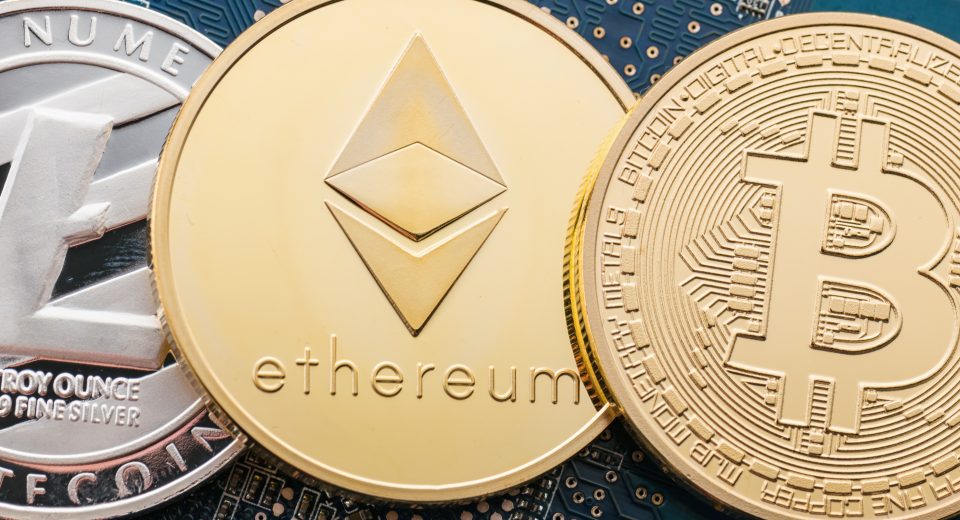Product in the Spotlight: Litecoin Euro (LTC/EUR)

Although the Eurozone has been a prominent destination for ICOs, with countries like Latvia, Lithuania and Estonia being a hotbed for coin launches, the region has seen little appreciation for cryptocurrencies. The European Central Bank (ECB) has regularly condemned crypto, saying that no member country will be able to introduce its own coin, with the euro being the single currency permitted.
However, we have seen big banks like Santander and others showing an interest in blockchain. Even some governments have understood the benefits of it and have launched quite a few initiatives to support cryptocurrencies. If you want to hedge Litecoin against the euro, you first need to understand the economy and other factors within the Eurozone that have a direct impact on the value of the euro.
Factors that Affect the Euro and the Litecoin Euro Currency Pair (LTC/EUR)
Litecoin started 2018 at €206.55. Contrary to expectations, the news of the LitePay launch saw a gradual decline in price, in the weeks leading up to the launch. Drastic overselling of Litecoin led to the price falling as low as €99 on February 6, 2018. As of the first week of June 2018, the coin is trading at €103. With its integration into major European crypto exchanges there is likely to be a surge in the value of the LTC/EUR trading pair. Here’s a look at the factors affecting the value of the euro.
1. GDP Release
The overall economic output of the Eurozone affects the value of the euro. The GDP figure is released in the form of quarterly reports, released two months after the quarter end.
2. Monetary Policy
The European Central Bank and its decisions regarding interest rates have a significant impact on the euro. The ECB press releases and conferences are important events to follow too. The ECB holds council meetings every other Thursday and makes announcements regarding interest rates. It holds press conferences after every first meeting of the month. A higher interest rate is usually associated with a higher currency value.
3. Prices and Inflation
CPI is the key measure of inflation in the Eurozone. However, CPI itself doesn’t affect the euro as much as the CPI Flash Estimate and German Preliminary CPI, released two weeks before the CPI. The inflation level forms the basis for monetary policies by the ECB.
4. Cross Rate Effect
The EUR/USD rate is impacted by non-dollar exchange rates, such as EUR/JPY. A weak euro may cause a decline in the EUR/JPY rate leading to a falling EUR/USD.
5. Euribor (3-month Euro Deposit)
Euro-denominated deposits outside the European Union are called Euribor deposits. The interest rate of 3-month Euribor deposits acts as a benchmark for estimating exchange rates. The greater the interest rate differential in favour of Euribor against a currency pair, the more likely a rise in value of that currency pair.
6. Trade Balance
A current account deficit will mean more financial capital leaving the country than the amount entering it, which is bad for the currency. Germany and France are the two largest exporters in the Eurozone. So, traders should follow developments in these two economies.
Recent Price Moves for the Euro and EUR/LTC
The end of May 2018 has been busy for the Eurozone, with releases such as the member states’ final service sector PMI, Spain’s unemployment numbers, Eurozone retail sales figures and the first quarter GDP figures.
Geo-political issues, however, continue to haunt the euro. A new surge in volatility in the currency price is expected, as a new populist government comes to power in Italy. On the other hand, Pedro Sanchez has been sworn-in as the Spanish Prime Minister. Markets could go into a frenzy over rumours of snap general elections and Pedro’s future position in the EU.
The end of May also saw the euro falling to a six-month low, due to the Italian political turmoil and uncertainties over talks of new sanctions between the US and North Korea. Traders who wish to trade the LTC/EUR pair should keep in mind the current economic and political crises surrounding various countries in the zone.
Experts have predicted that HICP inflation would increase by 1.7% in May 2018, from 1.2% in April. All this, together with the stance of the ECB on crypto assets, will determine the performance of the LTC/EUR trading pair.
Disclaimer
If you liked this educational article, please consult our Risk Disclosure Notice before starting to trade. Trading leveraged products involves a high level of risk. You may lose more than your invested capital.




